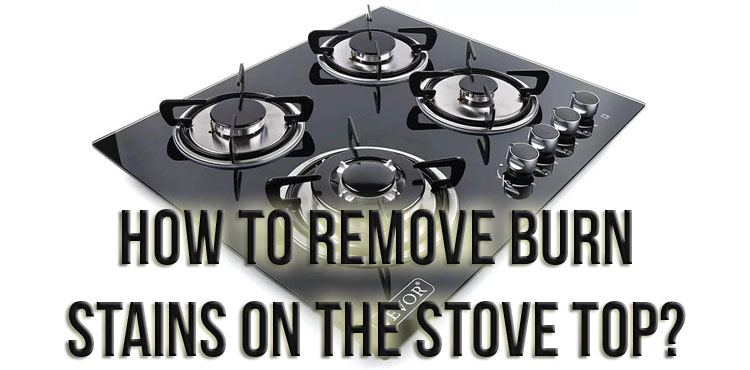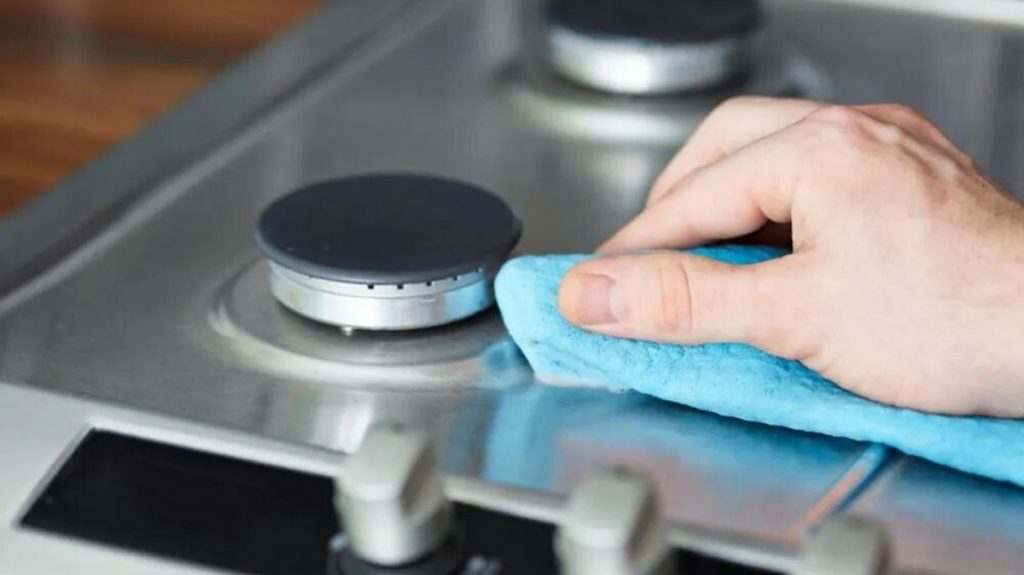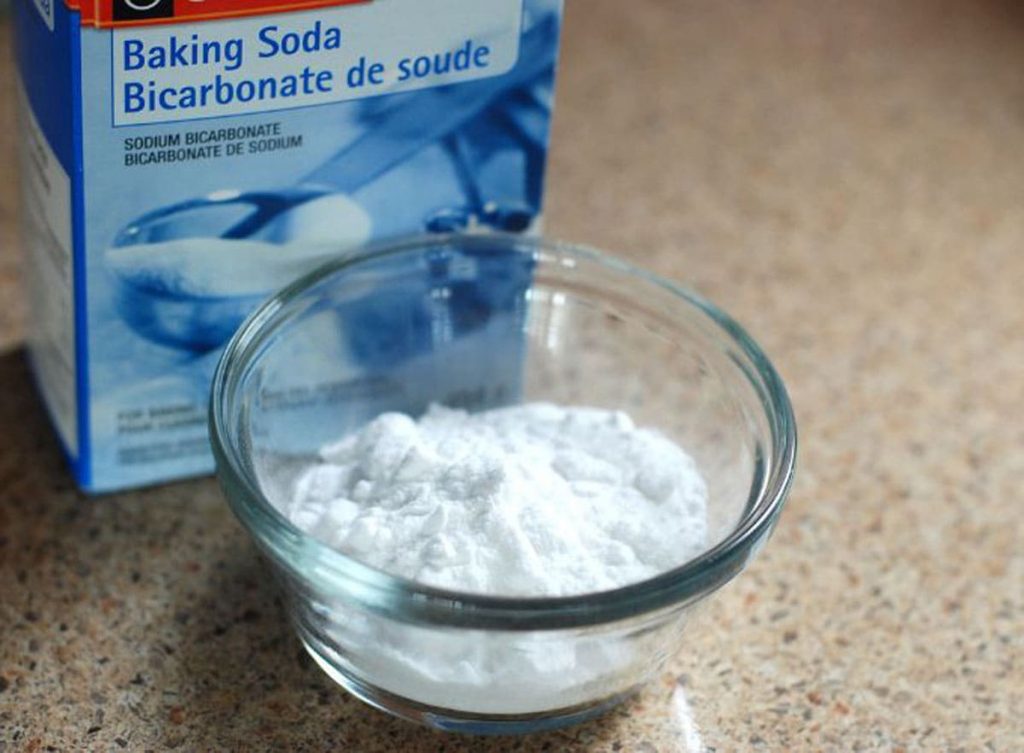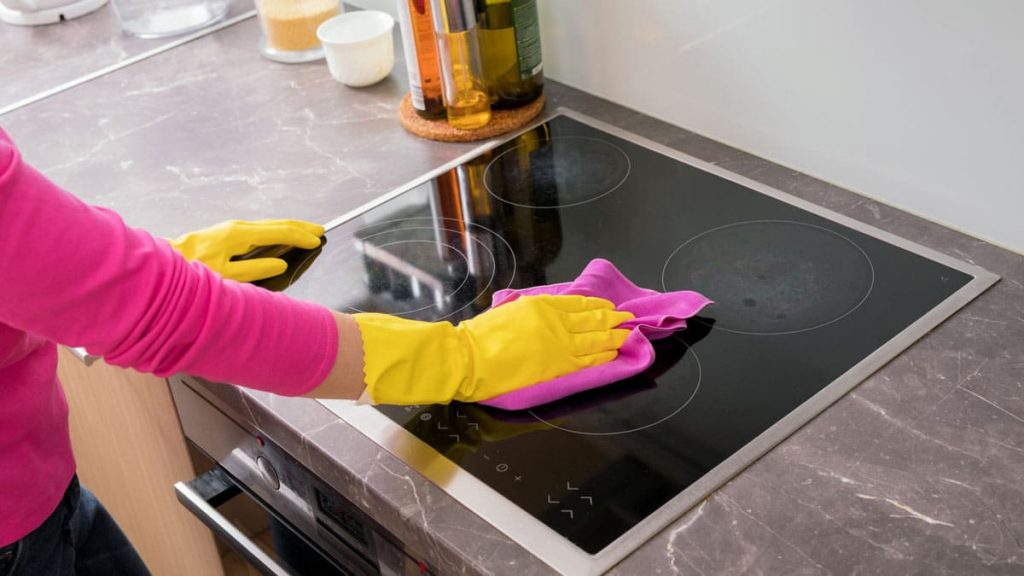Soot on the stove is a very common phenomenon that gives the owners a lot of trouble. It is better to deal with soot immediately after the appearance of spots. The longer the stove is in a dirty state, the more difficult it will be to clean it. On a ceramic or glass surface, as a result of burning food residues, a defect may appear – the applied markings will discolor.
Soot removal
Problem areas on the stove, stained with traces of cooked food, are very difficult to remove. Unfortunately, if left untreated, carbon stains can permanently ruin the look of your worktop, especially the most popular ceramic-coated or heat-resistant glass models. There are various effective ways to clean the plates from soot.
Black glass surface treatment
Virtually any product that does not contain abrasive particles can be used to treat a plate with a glass surface to avoid damaging the glass. If you use an abrasive agent, then a light matte haze will appear on the glass – a scratched area that can no longer be returned to its original form.
What processing steps are needed to remove carbon deposits from a glass surface
Cleaning the stove will be more effective if you use the tips for caring for the stove when working with the surface.
Before carrying out any manipulations, the stove must be cooled.
Stage 1. We start working with a chilled stove. It is worth waiting until it cools down in order to avoid more serious problems, such as burning hands or inhaling harmful fumes of cleaning agent. There is also some risk that the cloth used for cleaning may also burn to the stove, and then the work will drag on for an even longer period and be more laborious.
Stage 2. We select a suitable knife and scrape off carbon deposits. We try to scrape off the place where the soot layer is the thickest. For example, you can use a butter knife. It is almost impossible to scratch the surface with such a knife, it can clean out the most dense spots, then it will be easier to remove carbon deposits. If in this case it is possible to clean the plate to a smooth state, then the problem can be considered solved. If the stain does not immediately scrape off, you will have to change the tactics of exposure, it is not recommended to scratch the plate further, as the risk of damaging the glass surface increases.
For processing, it is worth trying to fill the problem area with a distilled solution of vinegar, which can significantly soften the surface of soot, make it more porous and pliable.
Stage 3. In the process of treating the stain, the selection of the agent for effective removal of the residual layer on the stove plays an important role, the effect of the agent should be soft, you should not allow excessive scratching on the glass, so you can permanently erase, scratch out the borders of the burners marked on the stove and indicating the heating zones drawn elements.
Preparing the cleaning paste:
- take baking soda – you can buy it in the grocery department quite inexpensively;
- mix soda and water in a bowl until a homogeneous mass is obtained in small proportions, for example, 2 teaspoons of soda and only water;
- knead the mixture until smooth.
The resulting thick mixture should be applied in a thick layer to the contaminated area, then you need to give the mass the opportunity to actively act on the remnants of burnt food, for this you need to wait a quarter of an hour, at this time you can go about your business, and after a period of 15 minutes, wipe the surface again with a cloth plates.
If the measures taken are not enough, you can repeat all the manipulations with the use of soda once or twice, it is likely that the stain will begin to lose its strong structure from exposure to soda and will gradually be removed.
Stage 4. In the case when, even after repeated exposure to baking soda, the surface has not been completely cleansed, you can play on the physicochemical properties of soda and add a few drops of lemon juice to the stained area. Having reacted with an active alkaline substance, the juice will play an important role:
- will have a positive effect on the state of the soot structure;
- will help to easily destroy the soot stain;
- this leaves the surface undamaged.
The dissolution will go faster if a few drops of lemon juice are added to the surface carefully wiped with soda. As a result of a chemical reaction, the stain should disappear from the surface of the plate.
Stage 5, which is used when there is no hope for the result of the action of soda.
The best tool after the first helpers can be considered a stain remover that works directly with soot for the stove, which is also capable of acting on various surface problems of household appliances.
Removing carbon deposits from the ceramic surface of the electric stove
Residual carbon deposits can be removed from ceramics in a manner similar to that used when working with a glass surface. Popular in our time, ceramics used for the manufacture of working surfaces of stoves, has properties similar to those of glass countertops. The order of work will also resemble working with a glass surface.
- Allow the stove to cool to room temperature to avoid burns and make it easier to work with a contaminated area.
- Apply olive oil to the stain, wait a bit and scrape the stain, let it soak. By filling all the pores, the oil will effectively soften the surface of the dirt and make the stain more fragile.
- Add a paste of soda and water to the olive oil. Without waiting for the soda to dry completely, you need to wipe off the existing solvents from the place of contamination. If you wash the solution in a circular motion, not forcing too much, gently pressing the fabric, then the surface is not injured, the gloss of the ceramics will be preserved. If traces of soot remain, you can repeat the last steps and add a little lime to the stain, so the strongly bound pollutant molecules will disintegrate sooner, so it will be easier to wipe the soot from the working surface of the stove.
A stove of any kind is worthy of cleanliness, stains can be removed with improvised inexpensive means. Avoiding severe contamination, it is easier and more efficient to carry out the simplest processing and achieve a good effect – to get a smooth, clean, shiny surface that is pleasant to look at and just as workable as before the appearance of stains.




